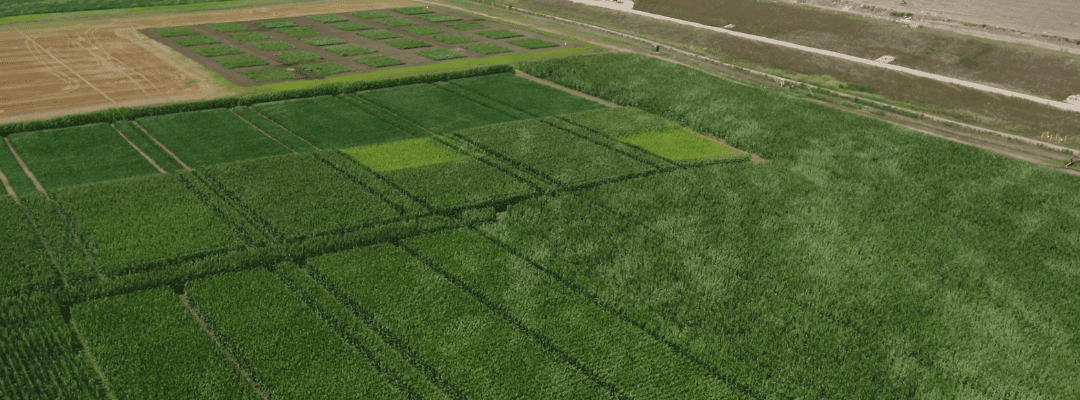From research to product development, the overarching goal when it comes to data capture is more. And that doesn’t strictly mean that more measurements are important (although they are) or that increasing the frequency of data capture matters (although it does). It also means that, if the opportunity arises to do so without substantially increasing the workload, we want more plot trials, period.
Of course, additional plot trials mean more literal ground to cover, which, at a glance, may seem like an impossible task for anyone without additional time to put toward it. But that’s where capturing aerial imagery using drones and sensors makes all the difference. This technology allows researchers and product developers to fly all their fields without adding significant time or effort to the process. The time, cost, and effort constraints they would face when using the traditional approach of physically walking every field and manually collecting all that data is reduced by 25 percent – or even more if they opt to hire a flight service to handle that task for them. Plus, beyond data collection itself, the storage, organization, and analysis of the data from all of the plot trials in question is simplified using the accompanying software.
Beyond Plot Trials
So yes, that means more plot trials – but what that really means is the ability to develop more crossbreeds concurrently, so you can take multiple approaches to combatting the same issues, all within the same growing season. It also means you can test more treatments (which, when paired with the increased frequency of measurements that aerial imagery provides, allows you to narrow down your most promising options like never before). And imagine the possibilities when it comes to combinations! There’s no doubt about it – more plot trials mean more opportunities for growth and success, whether your goal is to breed for a specific trait, evaluate the effectiveness of a treatment, or address any other issue at hand.
With today’s increased emphasis on the crucial role that high throughput phenotyping plays in both research and development, it’s more important than ever before to be able to play the numbers game with your plot trials. More options, with more data to analyze, is the key to staying ahead of your competition. And the only way to do that without bringing in additional resources is to embrace the technology that makes it possible to conduct more plot trials in less time – technology such as aerial imagery captured with sensors and drones.
And remember, none of this requires more from you or your team, aside from the initial process of learning to program and fly the drones (or hiring a flight service to handle that for you). Whereas in the past, more plot trials would automatically necessitate hiring more staff to walk the fields and collect samples. Then after which you’d likely need additional specialists and experts to input and evaluate all the data once it was collected, utilizing drones and sensors eliminates that added burden.
But, perhaps even more importantly, not only will flying a drone pull that same data in a mere fraction of the time, but it’ll do so with far greater accuracy than you could ever hope for from a human team. And from there, the software automatically works with that data to provide you with the reports and analyses you need in order to continue your important work.
Staffing Solutions
It’s no secret that agriculture is facing a number of major challenges, and while finding reliable annual or seasonal staff might not be the top concern, it’s certainly an issue – and it’s another reason why adopting drone technology for plot trial analysis is worth considering. Responsible help is hard to find and expensive to keep, especially if you need someone with the kind of specific agronomic training that enables them to collect samples and data with as much accuracy as possible.
Drones require an up-front investment, both in terms of time and money, but once you’ve made that investment, just imagine how many plot trials you can analyze in future seasons, all without the requirement of finding, hiring, training, and compensating new staff.
There’s no better time than the present to prepare for the future. And if you want more from your future, it’s time for you to consider how aerial imagery can help you scale your work.


